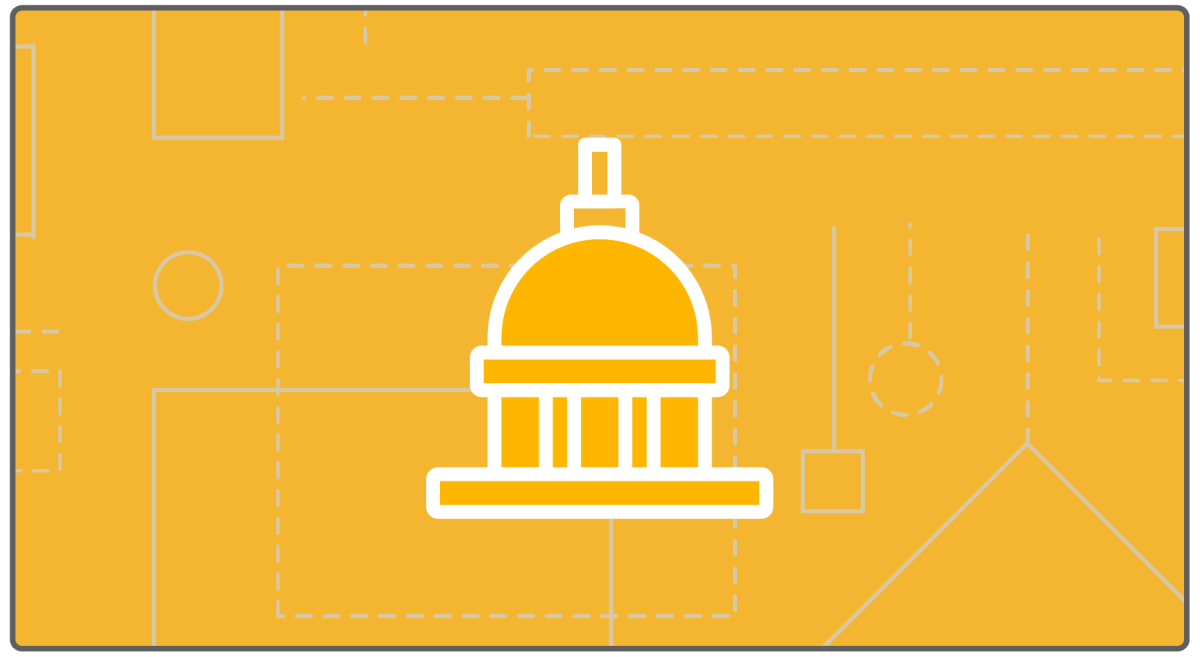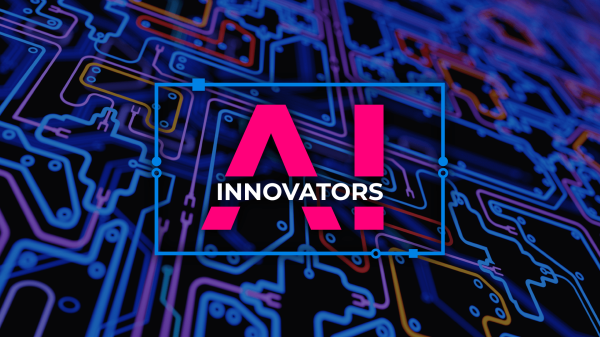- Sponsored
- AI
Federal leaders on accelerating the mission with AI and security

Artificial intelligence holds tremendous potential to help federal agencies augment security and workforce capacity to improve mission outcomes. In a recent executive interview series, government leaders share a number of programs and strategies their agencies are embracing to take full advantage of these new capabilities responsibly and ethically.
The series, “Accelerating the Mission with AI and Security,” produced by Scoop News Group for FedScoop and underwritten by Google for Government, invited leaders to share where they hope to see the most significant return on investment for AI implementation in the coming year.
Artificial intelligence to meet core mission needs
Workforce augmentation was a highly discussed use case for AI implementation in the series.
FEMA’s Office of the Chief Financial Officer is one agency that has been strategically working on a generative AI tool to improve mission efficiency.
Christopher Kraft, Assistant Administrator, Financial Systems for FEMA’s OCFO shared that his office is developing a proprietary generative AI tool – owned and operated by FEMA and DHS – to generate draft responses to budget requests that his team can review for accuracy.
The Department of Labor CISO Paul Blahusch discussed how his agency is leaning into AI with a dedicated AI office inside the Office of the CIO to help develop and implement tools and techniques to streamline workflows, which can translate into cost avoidance and improved programs. He referred to three AI implementation areas his agency is focusing on, including cybersecurity, back-office support, and assisting constituents in accessing services more quickly.
For agencies like the U.S. Patent and Trademark Office, using AI as an augmented assistant has been developing even further over the past three years, according to CISO Jamie Holcombe, providing each examiner with an augmented intelligence system next to them.
“So, during its searches, it can bring up not just one thing but a myriad of things that pertain to the uniqueness of that patent application or trademark registration. So, you really have to think that the examiners don’t want one thing, they want a plethora of things to say, ‘yes,’ it is unique and novel, or ‘no, it’s not,’” Holcombe explains. “AI and generative AI has helped in that regard because each examiner has a customized version that just applies to them.”
Many leaders see generative AI as a way to improve standard workflow procedures. Department of Commerce CIO Andre Mendes, said that for tasks that are incredibly onerous, his department is looking at how AI can be used to break through some of the clutter.
“In HR processes, for example, position descriptions are not really that exciting, but at the end of the day, consume an enormous amount of people and time and resources, and where we can, I think, leverage AI to dramatically improve and optimize those environments,” he explained.
Improved security for federal data
Agencies like U.S. Citizen and Immigration Services (USCIS) are far along in their cloud migration strategies, which means that data security strategies must now shift to account for an explosion of digital resources.
“All the immigration data that has to be cataloged and identified and tagged is a monstrous task. And frankly, there is no easy button to push when you’re talking about the volume and scale of data that we have, and the amount of change that it goes through on even a daily basis,” shared USCIS CISO Shane Barney.
“We have, from a cybersecurity perspective, in my plans I am building, what we’re referring to as a security integration platform, which is an open source-based platform, and it has a whole AI/machine learning piece built into it based on open-source principles and practices, as well as some software platforms that will be integrated into the security program. And more on the threat hunting side of things where we’re looking for those abnormal changes in the environment that could indicate a breach.”
His agency leadership is waiting on further White House guidance on AI implementation but is working on foundational principles that can help the organization move forward with implementation plans quickly, referring to an open cybersecurity schema framework USCIS has been working on.
“I see it as the future. It’s the way we have to handle it; the future of cybersecurity is data,” said Barney.
This sentiment was echoed by other leaders who want to improve how they manage, store and analyze data to strengthen their agency’s security posture. Centers for Medicare and Medicaid Services (CMS) CISO Robert Wood said that his agency is building a security data lake to minimize data silos.
According to Wood, generative AI models could play a more significant role in empowering the government workforce to ask plain language questions to get actionable insights from data if properly structured and react more quickly to security threats and vulnerabilities.
Other participants who shared their insights in this series included:
- David Shive, CIO, U.S. General Services Administration
- Guy Cavallo, CIO, Office of Personnel Management
- Dr. Kelly Fletcher, CIO, Bureau of Information Resource Management, Department of State
- Josh Lehman, Director, Office of Business and Customer Assurance, U.S. Food and Drug Administration
- Russell Marsh, Director, Cybersecurity Operations, National Nuclear Security Administration
This video series was produced by Scoop News Group, for FedScoop, and sponsored in part by Google for Government.




